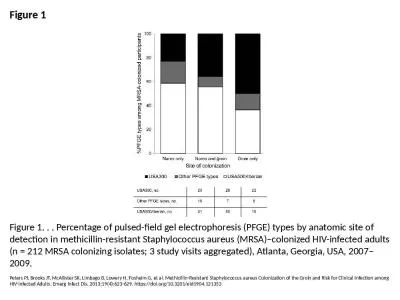PPT-Staphylococcus Classification
Author : helene | Published Date : 2023-09-01
Kingdom Bacteria Phylum Firmicutes Class Bacilli Order Bacillales Family Staphylococcaceae Genus Staphylococcus Rosenbach 1884 Organism Stapyl greek word
Presentation Embed Code
Download Presentation
Download Presentation The PPT/PDF document "Staphylococcus Classification" is the property of its rightful owner. Permission is granted to download and print the materials on this website for personal, non-commercial use only, and to display it on your personal computer provided you do not modify the materials and that you retain all copyright notices contained in the materials. By downloading content from our website, you accept the terms of this agreement.
Staphylococcus Classification: Transcript
Download Rules Of Document
"Staphylococcus Classification"The content belongs to its owner. You may download and print it for personal use, without modification, and keep all copyright notices. By downloading, you agree to these terms.
Related Documents

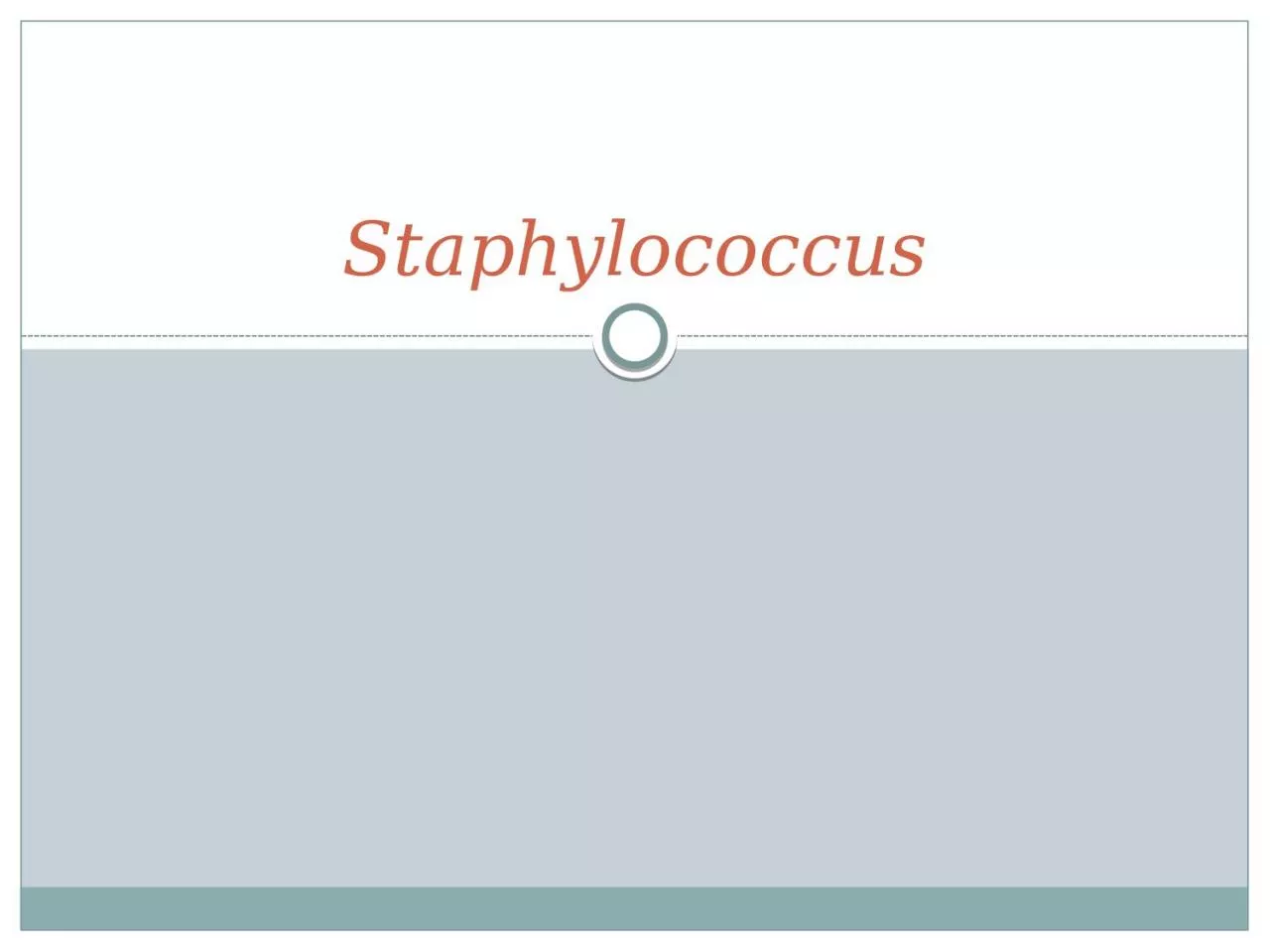
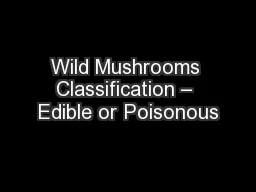
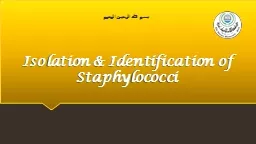




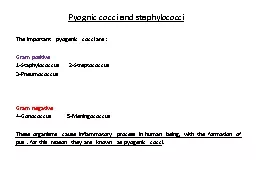



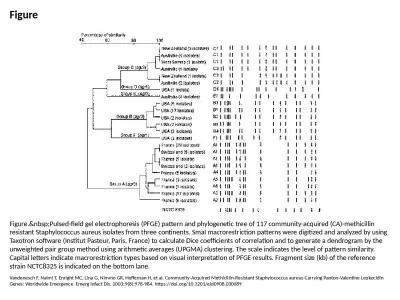
![STRUCTURAL AND BIOLOGICAL STUDIES OF SOME CALIX[4]RESORCINARENE](https://thumbs.docslides.com/1036586/structural-and-biological-studies-of-some-calix-4-resorcinarene.jpg)
